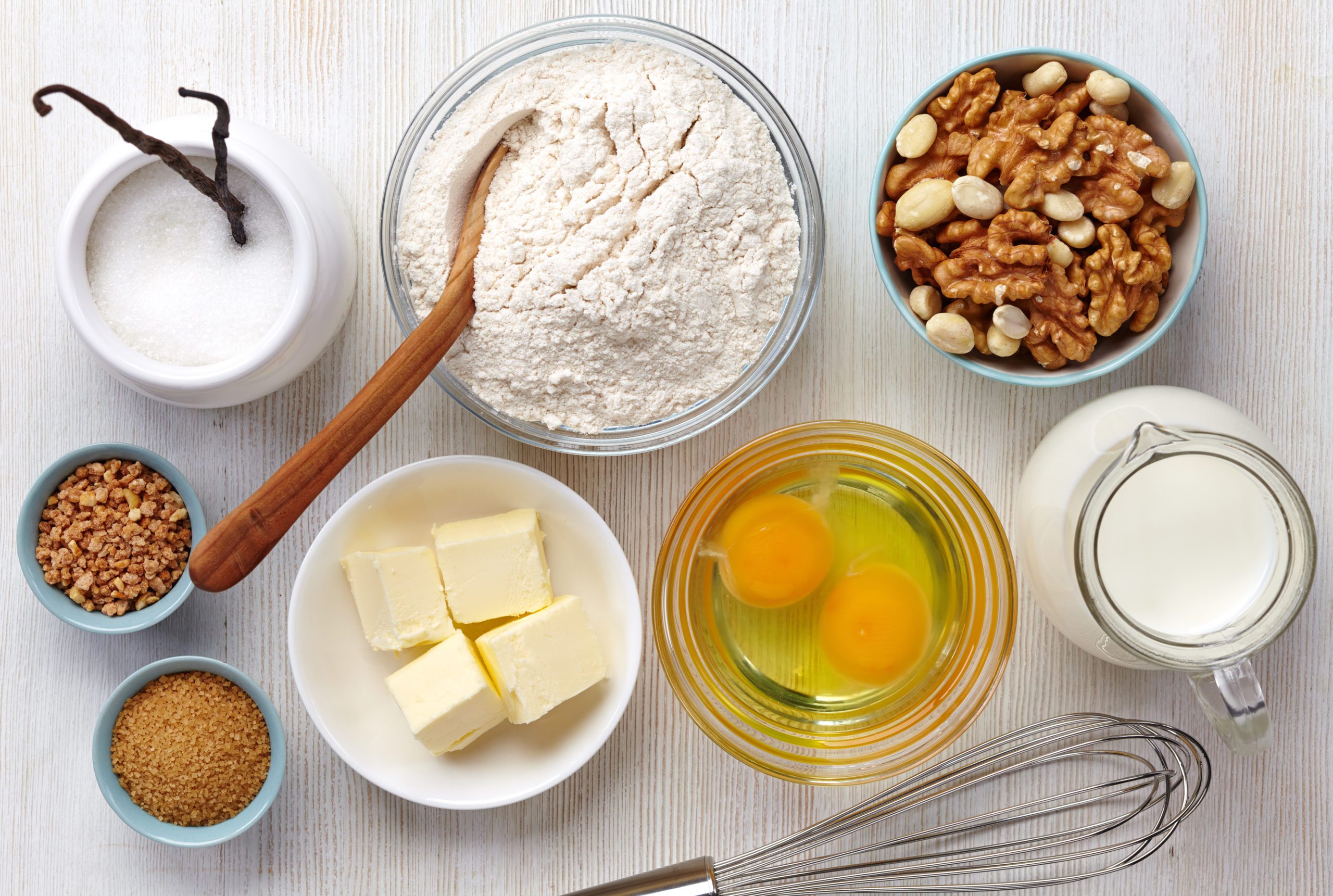For many of us, food allergies are just a fact of life. Aside from hoping to outgrow a food allergy, the only way to prevent an allergic reaction to a food is by avoiding it. But if there is a food that you or your children love, and it contains an allergen, what can you do?
Fortunately, plenty of people around the over have worked on substitutions for common food allergens that get used as ingredients. We have collected some suggestions for these below.

Corn kernels themselves are easy to remove from recipes, but corn is also used to create a wide variety of different ingredients, including:
We recommend seeking out alternative oils/syrups for your food for both corn oil and corn syrup. Olive oil is a common substitute for corn oil in meals, and honey is a simple substitute for corn syrup. If you want to go simple with your syrup replacement, you can instead dissolve 1/4 cup of sugar into 1 cup of water and use that instead.
Cornstarch is used to thicken foods, which is part of the reason it is included in baking powder and powdered sugar. In general, you will want to replace cornstarch with a different kind of starchy ingredient. Most of these ingredients aren’t as strong as cornstarch, so you may need additional cook time and/or more starch. Some common inclusions:
You can get 1 cup of powdered sugar substitute by mixing 1 cup of granulated sugar with 1 Tbsp of potato starch in a food processor. You can also switch out 1 Tsp of baking powder for 1/4 Tsp of baking soda along with 5/8 Tsp of cream of tartar (you can use a generous 1/2 Tsp instead if 5/8 is too hard to measure out).
Vanilla extract is also commonly laden with corn. Corn-based alcohol is used to dissolve the extract in liquid form, while vanilla powder is usually laced with cornstarch. Some vanilla extracts are even sweetened with corn syrup. A store near you may sell corn-free vanilla extract, but this isn’t common. The simplest route is to sweeten your food with a little sugar instead of adding vanilla flavor.
Eggs play a key role in preparing many baked goods, and they are very good at what they do. Most replacements can only compensate for one aspect of the egg, which means you need to be tactical when choosing your egg substitutes. We have broken down our egg replacements into three categories: binding, leavening, and browning.
The binding properties of eggs are useful when making dense foods, such as brownies and drop cookies. These properties can be replicated with other thick liquids. We recommend the following substitutes for 1 egg:
Eggs are also useful as leavening agents, helping baked goods such as cakes rise during the cooking process. For this, substitutes like applesauce and tofu aren’t going to help you. We recommend the following substitutes for 1 egg.
Unlike eggs, these substitutes will start reacting immediately. Once you add them to your recipe, get the mixture into the oven as quickly as possible so that leavening can occur while your food is cooking.
Lastly, eggs can be used for browning (also called glazing). A recipe may call for egg whites to be brushed onto a baked good before it is cooked, which gives the food a golden brown color. You can replicate this using the same quantity of melted margarine.
There are also egg replacements available in grocery stores. The most popular egg replacement is Ener-G, but other brands are starting to join in. Make sure to check the ingredients on your egg replacement before you buy it – some are just intended to be healthier alternatives to eggs (such as just the egg white), as opposed to truly egg-free products. These egg replacements are generally mixed with water and can be used as both binding and leavening agents. The proteins in these replacements lose their usefulness after they are activated, so make sure to put them in your recipe as soon as you prepare them!